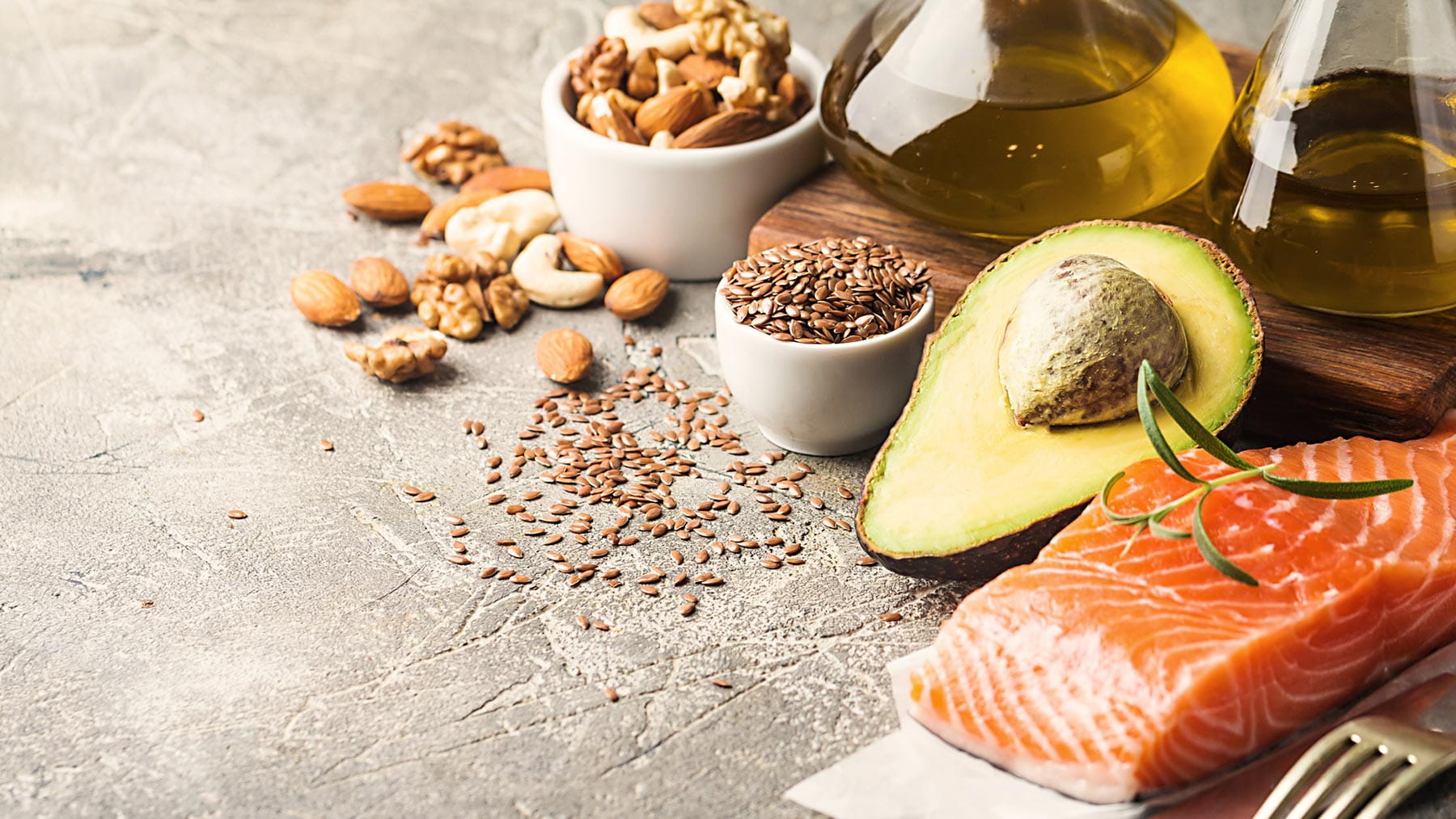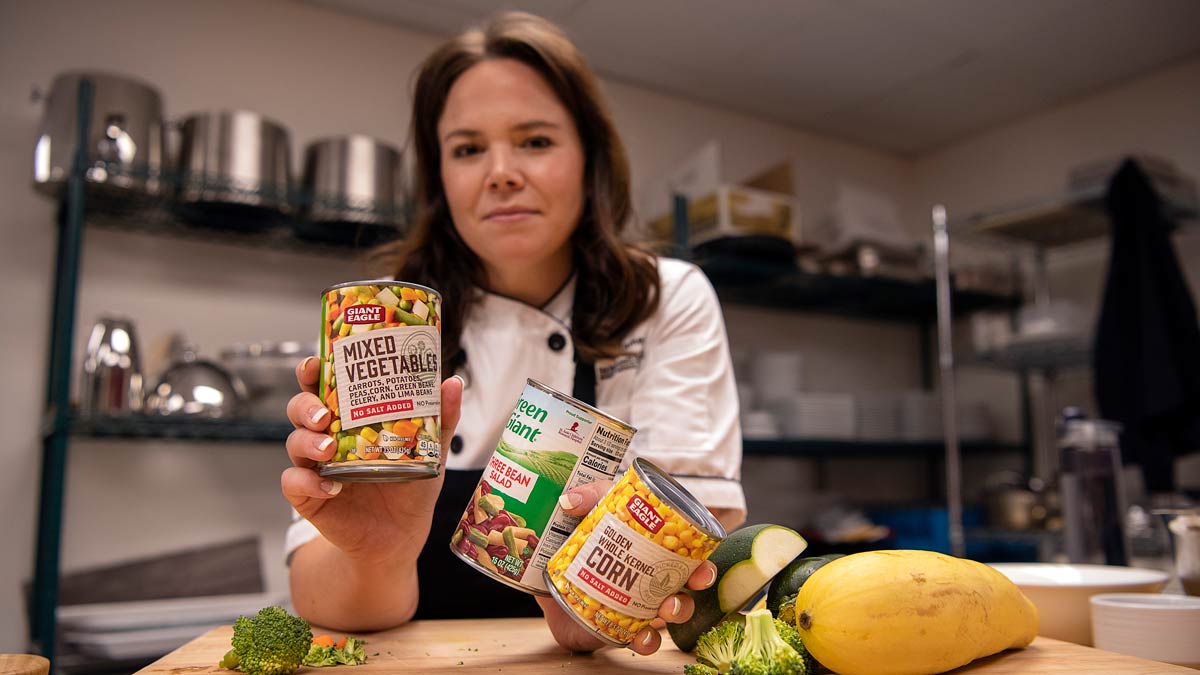Good fats vs. bad fats: 5 things to know

In the 1980s and '90s, the trend in diet and nutrition was to limit fat or eat a diet extremely low in fat. Since then, a lot has changed. Gone are the days when experts advise us to count fat grams. Instead of recommending specific amounts of fat, we’re told to focus on the type of fat in foods to determine if they’re healthy or not. The goal is that we focus on eating more healthy fats and fewer saturated and trans fats.
That doesn’t mean eating avocados and nuts by the pound, since even healthy fats can cause weight gain if eaten in large amounts. But healthy fats are definitely in fashion, and for good reason.
Gain a better understanding about good fats and bad fats by reading these answers to some commonly asked questions on the topic.
What is the purpose of fat in our diets, and why do we need it?
Eating fat is important for many reasons, including:
- to absorb fat-soluble vitamins like vitamins A, D, E and K.
- to provide energy.
- to cushion our organs.
- for growth and development.
- to make hormones.
- because it’s essential for a healthy brain, which is about 60 to 70 percent fat.
- to provide essential fatty acids that our bodies can’t make on their own.
How much fat do I need in my diet?
Like all nutrients, we need fat in our diet, but the goal is to balance out the total calories taken in with the amount the body uses. Most people need about 60 to 80 grams of fat a day, but this can vary depending on age, activity level and other factors.
What are the different kinds of fats? Which ones are good for you, and which ones aren’t?
The healthy fats are monounsaturated and polyunsaturated.
- Monounsaturated fats are found in large amounts in olive oil, avocados and nuts and seeds.
- Polyunsaturated fats are found in most vegetable oils, some nuts and seeds like sesame seeds. A specific kind of polyunsaturated fat is omega-3 fat found in fish, walnuts and chia seeds.
The fats to avoid are trans fats, because they increase the risk for heart disease and inflammation in the body. Saturated fats such as those found in bacon, butter and coconut oil are generally considered less healthy, but there are different types of saturated fats, and some may not be as harmful as others.
Your best bet is to get most of your fats from mono- and polyunsaturated sources. You should also consider how the fat has been processed. For example, many snack foods, such as potato chips, are made with healthy oils like sunflower or safflower oil. But these kinds of fats are made unhealthy and promote inflammation in the body when the oils used are heated at high temperatures for long periods of time. This is also one of the reasons why deep-fried foods such as French fries and donuts are unhealthy. So the type of fat and the way it’s been processed are important to look at. This is yet another reason to avoid or limit highly processed foods.
What effects do "bad" fats have on my health and risk for heart disease and other health issues?
Trans fats are especially unhealthy because they raise “bad” cholesterol (LDL) and lower “good” (HDL) cholesterol. Trans fats are a double whammy as far as increasing heart disease risk and raising inflammation in the body.
Saturated fats are less clear, but, overall, are considered less healthy and have been shown to raise the bad cholesterol in the body. Large amounts of saturated fat also have been shown to increase insulin resistance ,which affects the body’s ability to lower blood sugar levels.
What are omega-3 and omega-6 fatty acids, and how do they benefit my health?
Omega-3 fats are very beneficial to our health since they’re a needed component of our cell membranes and especially good for brain function. Omega-3 fats are found in fish (especially salmon, sardines and herring) as well as some plant sources like walnuts and chia seeds. The type of omega-3 found in fish is most beneficial because it’s most effective at lowering inflammation in the body and reducing the risk for heart disease and stroke. Overall, most Americans don’t get enough of these fats. Supplements can help, but it’s best to eat more foods that are high in omega-3s.
Omega-6 fats are found in a number of foods, especially plant sources, such as soybeans, corn and safflower, which are commonly used in our food supply. Most Americans get enough and even too many omega-6 fats at the expense of too few omega-3 fats. An imbalance of omega-3 and omega-6 fats has been shown to raise inflammation in the body. It isn’t that we don’t want to eat omega-6 fats, but it’s important to eat a moderate amount of these along with enough omega-3 fats. Like a lot of things in life, it’s a balancing act.
Liz Weinandy is a registered dietitian at The Ohio State University Wexner Medical Center.




